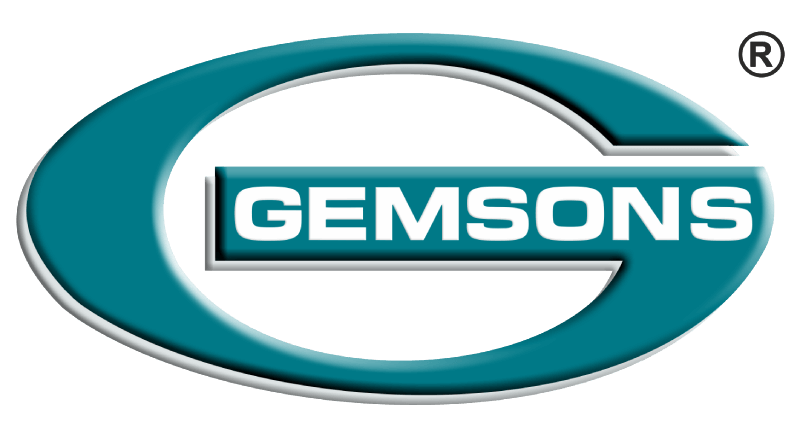In industries where performance, accuracy, and longevity are not negotiable, the significance of quality assurance cannot be emphasised enough, particularly in aluminium machining. Aluminium, with its lightweight but high strength-to-weight ratio, is extensively applied in the aerospace, automotive, electronics, and defence industries. With its softness and thermal sensitivity, machining it presents a singular challenge.
In order to guarantee that all parts adhere to high industry standards, producers have to follow strict quality assurance (QA) procedures throughout the manufacturing process.
Understanding the Challenges of Aluminium Machining
Aluminium machining poses a distinct set of challenges that directly impact part quality. The tendency of the metal to adhere to cutting tools, built-up edge formation, and heat generation during high-speed cutting are some of the problems that can undermine dimensional accuracy and surface finish. Additionally, aluminium’s reactivity can impact corrosion resistance if not properly handled or processed.
Given these factors, quality assurance is not just about post-production checks—it must be integrated into every stage of the manufacturing process, from material selection to final inspection.
Key Quality Assurance Practices in Aluminium Machining
1. Material Certification and Traceability
The process of quality starts even prior to machining. Procurement of certified aluminium alloys with complete traceability ensures consistency and conformity to customer and industry standards. Every batch needs to be tested for chemical composition, grain structure, and mechanical properties prior to release for production.
2. Machine Calibration and Tooling Control
Precision in aluminium machining demands highly calibrated machines and well-maintained tooling. Even minor deviations can lead to out-of-spec components. Regular calibration of CNC machines, along with the use of sharp, coated tools designed specifically for aluminium, helps maintain accuracy and minimise tool wear.
3. Process Validation and Setup Checks
Prior to production, setup validations are a must at the initial stages. It involves trial runs, sample inspection, and simulation to ensure that the programmed machining procedure will deliver what is expected. Manufacturers save on scrap rate and avoid postponement downstream by catching problems early on.
4. In-Process Monitoring
Real-time inspection during aluminium machining is critical for maintaining quality consistency. Using coordinate measuring machines (CMMs), touch probes, and optical sensors, manufacturers can monitor dimensions, surface roughness, and tool paths in-process. Advanced monitoring systems also help detect tool wear and thermal distortion, allowing for quick adjustments to prevent defects.
5. Surface Finish Control
The surface finish is a critical parameter in aluminium parts, especially for applications where sealing, aesthetics, or aerodynamic performance matter. QA teams use roughness testers and visual inspection tools to ensure a consistent, defect-free finish. Depending on customer requirements, secondary operations like deburring, polishing, or anodizing are also included in the QA checklist.
6. Final Dimensional and Functional Inspection
At the end of the machining cycle, each component undergoes a thorough dimensional inspection using calibrated instruments such as micrometres, callipers, height gauges, and CMMs. In some cases, functional tests are also carried out, such as pressure tests for enclosures or tensile tests for structural parts, to validate performance in real-world conditions.
7. Documentation and Compliance
Without sound documentation, quality assurance is incomplete. Inspection reports, compliance certificates, and process records are maintained to provide full traceability and compliance with ISO and customer standards. These documents are crucial for audits and in establishing customer trust.
Industry Certifications: A Mark of Commitment
To meet the high demands of industries such as aerospace and defence, quality assurance must go hand in hand with industry-recognised certifications. Certifications like ISO 9001 and EN 9100 demonstrate that the manufacturer adheres to best practices in quality management, risk mitigation, and continuous improvement. These frameworks ensure that QA isn’t just a one-time effort but an ongoing process embedded into the company’s DNA.
Benefits of Strong Quality Assurance in Aluminium Machining
- Reduced Rework and Scrap: Accurate processes and inspections minimise the need for rework, reducing material waste and production costs.
- Customer Satisfaction: Consistently delivering defect-free, precision-machined parts builds long-term customer confidence.
- Faster Time-to-Market: Reliable processes reduce delays, ensuring that projects are completed on schedule.
- Regulatory Compliance: Adherence to international quality standards ensures compliance with industry regulations, which is essential for obtaining certifications and gaining market access.
Conclusion
As businesses continue to innovate, there will be an increasingly greater demand for precision-engineered aluminium components. By utilising best-in-class quality assurance processes at every stage of the aluminium machining process, aluminium manufacturers can produce every component that meets the highest levels of industry conformity.
Gemsons Precision Engineering, with its legacy of over 38 years in CNC machining and certifications like ISO 9001 and EN 9100:2018, exemplifies a commitment to quality. Their deep expertise in aluminium machining and stringent QA protocols make them a trusted partner for high-performance, precision-critical projects across the globe.



Recent Comments